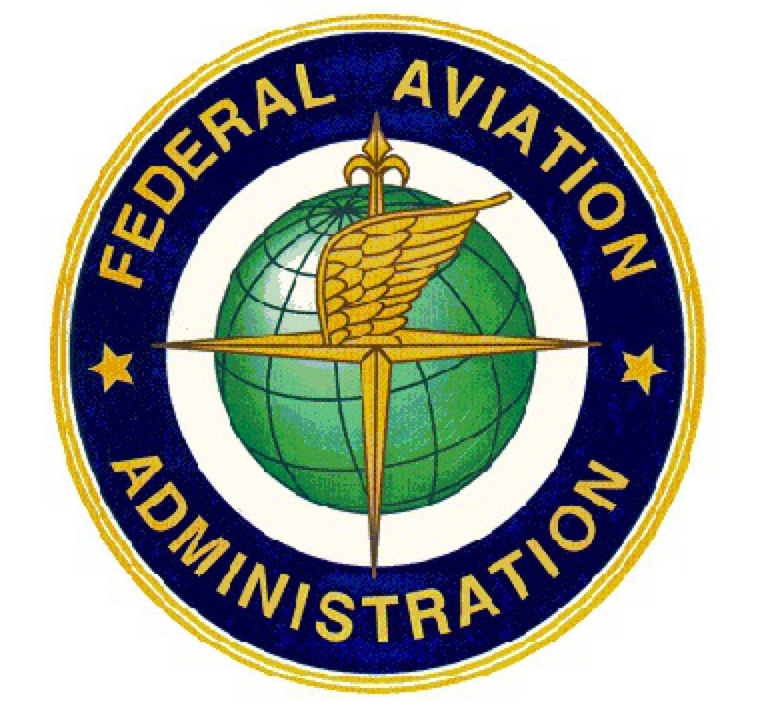Boeing’s recommendation followed action by regulators in the U.S. and Japan aimed at the Pratt & Whitney engines found on 128 of its 777s. The United Airlines Holdings Inc. flight Saturday was the third failure involving that model plane with those engines in recent years.
Safety investigators in the U.S. are trying to determine why the engine failed shortly after the Honolulu-bound plane took off, forcing it to return to Denver International Airport and leaving a trail of debris scattered over a nearby town.
United, the only airline in the U.S. that uses that engine type, said earlier Sunday evening that it had taken two dozen planes out of service.
Regulators in Japan had already ordered airlines to stop flying aircraft with the same engine type until further notice. Those include 13 Boeing 777s flown by Japan Airlines Co. and 19 operated by All Nippon Airways Co.
Korean Air Lines Co. grounded six of the jets.
Many of the 128 jets Boeing recommended to be sidelined while the FAA completes its inspection plan are already in storage. Airlines have mothballed some of the wide-body aircraft they use for long flights because of the coronavirus pandemic, which has weakened demand for travel. Boeing said 69 of the 777 aircraft with certain Pratt & Whitney 4000-series engines are in service.
A preliminary examination by the National Transportation Safety Board showed that two fan blades in one of the United aircraft’s engines were fractured——one nearly entirely and the other about half-broken, the agency said Sunday. The remaining fan blades showed signs of damage, while the airplane also sustained minor damage, the safety board said.
Such engine failures, in which internal parts break through the engine’s protective casing, can badly damage planes because debris can hit wings, fuel tanks and fuselage. The events are rare and prompt stepped-up investigative scrutiny; in this case, even more so because extended flights over water face heightened requirements for maintenance and other safety measures, industry officials said.
The FAA said on Sunday that it decided to accelerate inspections of the hollow fan blades on this engine type, which is used only on some Boeing 777 airplanes, after reviewing the initial safety data.
The safety board’s investigators are expected to download information from the plane’s flight-data and cockpit voice recorders and review maintenance and other documents as part of their probe, which may take months to complete.
The FAA’s aviation safety experts are meeting with engine maker Pratt & Whitney, a unit of Raytheon Technologies Corp., and Boeing to finalize the emergency directive with exact details of required inspections, according to FAA Administrator Steve Dickson.
Boeing said it was working with U.S. and Japanese regulators while the engine maker conducts more inspections. Pratt & Whitney said it was working with investigators and airlines on revised engine inspections.
Boeing has delivered more than 1,600 of its 777 jets with a variety of engines since its debut in the 1990s.
United said that taking the Boeing 777 aircraft out of service would affect a small number of customers, adding that the airline has 28 additional Boeing 777 aircraft with the Pratt & Whitney engines but that they are in storage.
Japan’s Ministry of Land, Infrastructure, Transport and Tourism said it has asked U.S. aviation authorities to investigate the incident and prevent a recurrence. A Japan Airlines spokesman said the airline has 22 Boeing 777 aircraft with a different type of engine that can still fly.
United Flight 328 landed safely less than 25 minutes after taking off on Saturday following the failure of its right engine. United said none of the 241 passengers and crew members onboard were injured.
What made the incident more unusual than other engine failures—and potentially more dangerous—is that the cowling, which covers the front of the engine, appears to have come off, said John Cox, a retired pilot, ex-crash investigator and former senior union safety official in the U.S. Mr. Cox isn’t involved in the probe involving the United flight.
In Broomfield, Colo., large pieces of debris fell in a park and in neighborhoods. There were reports of property damage, but no one was injured, police said.
The engine failure Saturday followed at least two similar incidents involving the same aircraft type and family of engines in recent years.
A Japan Airlines flight on a 777-200 had an engine failure on a flight to Tokyo in December. The engine was found to have missing and damaged fan blades. At the time, authorities in Japan deemed the incident a serious one and ordered Japan Airlines and All Nippon Airways to conduct more frequent inspections of aircraft that use the engine type.
In February 2018, a Boeing 777 operated by United had an engine failure on its way to Hawaii, and the engine cover was ripped off. The NTSB said the incident was caused by a broken fan blade and said Pratt & Whitney inspectors hadn’t correctly identified a sign of a crack in the blade in previous inspections. The NTSB said in a report last year that it found several issues with the training received by Pratt & Whitney inspectors. The engine maker said it was working to correct those issues and had reviewed inspection records for other fan blades of the same model, the NTSB said in a report.
Following that incident, the FAA issued a directive requiring more regular inspections of fan blades on the PW4000 engine type.













